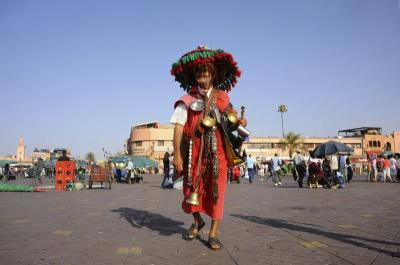


Bizhidar Dimitrov (R), head of National History museum, speaks to journalists next to a skeleton with an iron piece at the National History museum in Sofia on June 14, 2012. The ancient skeleton of a man, pinned down in his grave in order not to turn into a vampire, piqued interest in Bulgaria this week, where vampire tales and rites still keep their bite even nowadays. The 700-year-old skeleton -- unearthed in the necropol of a church in the Black Sea town of Sozopol earlier in June -- was stabbed in the chest with an iron rod and had his teeth pulled before being put to rest.


An undated handout picture provided by the National History Museum of Bulgaria on 07 June 2012 shows an unearthed skeleton pinned down through the chest with iron rod, which was a practice to stop the dead from turning into vampires, in an excavation site in Sozopol, Bulgaria.



A man takes a picture with a mobile phone of a skeleton pinned down through the chest with an iron rod, during a presentation at the National History Museum in Sofia, Bulgaria, 14 June 2012

A cameraman films a skeleton pinned down through the chest with an iron rod, during a presentation at the National History Museum in Sofia, Bulgaria, 14 June 2012. Two skeletons from the 12th-14th century were unearthed during archeological excavations of the National Museum of History near Sozopol at the beginning of June 2012, reports state. Both were pinned down with irons rods which is believed to have been a Bulgarian medieval tradition 'to stop the dead from turning into vampires.




















































